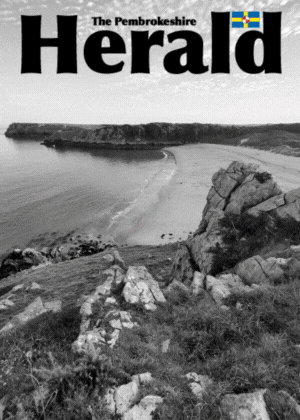News
Badger and the Europeans
 BADGER, as befits a homebody, does not agree with abroad. Not because Badger dislikes foreigners, but because he likes where he is just fine. In fact, Badger has seldom ventured to what used to be called “the Continongt” by people who had studied French — or at least read one of Elizabeth David’s recipe books. Badger went to France many moons ago to discover that it smelled disconcertingly of wee and stale sweat everywhere he went.
BADGER, as befits a homebody, does not agree with abroad. Not because Badger dislikes foreigners, but because he likes where he is just fine. In fact, Badger has seldom ventured to what used to be called “the Continongt” by people who had studied French — or at least read one of Elizabeth David’s recipe books. Badger went to France many moons ago to discover that it smelled disconcertingly of wee and stale sweat everywhere he went.
He went to The Netherlands (to play rugby, of all things) and discovered through bitter (or, rather, lager) experience that livers have their limits. Other than those experiences, Badger has preferred the attractions of the United Kingdom. Apart from Edinburgh, that is. Badger was aghast to find that Edinburgh was disconcertingly even fuller of angry Scottish people than Pembroke Dock. Badger’s hot tip for recognising a true Scot (other than their accent) is to note that the greater the praise a Scot heaps on virtues of their home nation, the less likely they are to have recently been there.
Badger’s curiosity about “abroad” has been recently captured by the unfolding spectacle of the European elections: on the televisual entertainment doo-dad that sits in the corner casting its baleful gleam, in the newspapers, and by the generous delivery to his door of free toilet tissue bearing David Cameron’s face. Readers, it’s a dirty job, but someone has to do it. Keenly interested in matters political, Badger enjoyed the comedy of the campaign. He was particularly amused by its star turn, Nigel Farage, who appears to be the political equivalent of a dancing dog act on one of Simon Cowell’s no-talent talent shows: a novelty, whose routine appeals superficially but does not bear up to too close scrutiny.
It was delightful to see Nige being dragged away by UK1P’s press officer Patrick O’Flynn, from a gaffe-littered interview. if it didn’t say enough for Nige’s political nous that he managed to be taken by surprise by so many of his policies live on air, the revelation that his press officer worked for the Daily Express must surely call his wider judgement into question. That the English newspapers have been big on UKIP is hardly surprising: owned by trans-Atlantic corporations, tax-dodging family trusts and overseas investment vehicles, national newspaper proprietors are the enemies of the type of regulation and tax enforcement threatened by a closer European union.
Now, after the votes have been counted and the seats allocated, Labour and Conservative politicians are apparently trying to work out how to deal with “the UK1P threat”. They may as well try to nail jelly to a wall. Such are the vagaries of the British electoral system, what can be said of UKIP with certainty is that the votes it takes away from the main parties will serve only to keep one or the other of them in power in Westminster. For all its vaunted success, UK!P captured the votes of fewer than 10% of electors last Thursday. Let’s look at some policies UK1P espoused at the last general election: things we can all rally around, readers. Remember, these are REAL policies espoused by a REAL party at a REAL election. It wanted your votes then and wants them next year, too.
• “UKIP will encourage a return to proper dress for major hotels, restaurants and theatres — smarter dress is part of Britishness, although it is also a British virtue to encourage innovation in fashion.”
• “UKIP will return London’s Circle line to a circle?’
• “UKIP will encourage a return to the glamour, grace and style of the railway companies of the past through its railway policies. UKIP seeks a return to Tullman’ trains where justified, with appropriate branding such as ‘Great Western Railway’, one of the most successful British brands ever.”
To be fair to Nige, he has now disowned those policies and has limited his public pronouncements to less contentious matters such as:
• The gap in pay between men and women is just ‘the way the world works” because of biology. He also said motherhood was “a lifestyle choice”;
• Germans make better neighbours than Romanians (try telling that to the Polish);
• He feels discomfort that people speak languages other than English in public (Da lawn diolch, Nige!).
UKTP can be mocked as a nostalgia trip back to a time when the world was fresh; when the map of the globe was reassuringly largely pink in colour; when everyone could rally round and “chant two world wars and one world cup! Doo-dah! Doo-Dah!” without fear of offending Nick Clegg. UKIP has stepped into the vacuum left by the main parties’ urge to cluster like moths around the flame of the so-called “middle ground”. It has espoused a populist nostalgic appeal to “traditional” values and “traditional” attitudes.
And, readers, nothing could be more traditional than British xenophobia: a phenomenon so remarkable it was considered noteworthy by our European neighbours in the fifteenth century (along with drunkenness and sexual profligacy, by the way — plus ca change…). The large national parties have become divorced from the mass of the people; their leaders are airbrushed professional machine politicians who do not so much make policy pronouncements as strike a pose.
Having stopped being real people with real flaws, national political leaders are now a class apart, kept separate from the mass of humanity lest they express opinions. Where image is all, content is absent. Cameron, Clegg and Milliband could have been stamped out using cookie cutters, so woven from the same cloth are they. Any of them could easily be the leaders of Anyparty in Anyland. Whatever his flaws are – and there appear to be many, readers – the same cannot be said of the UK!? leader.
Community
Community gathers to remember Corrina Baker
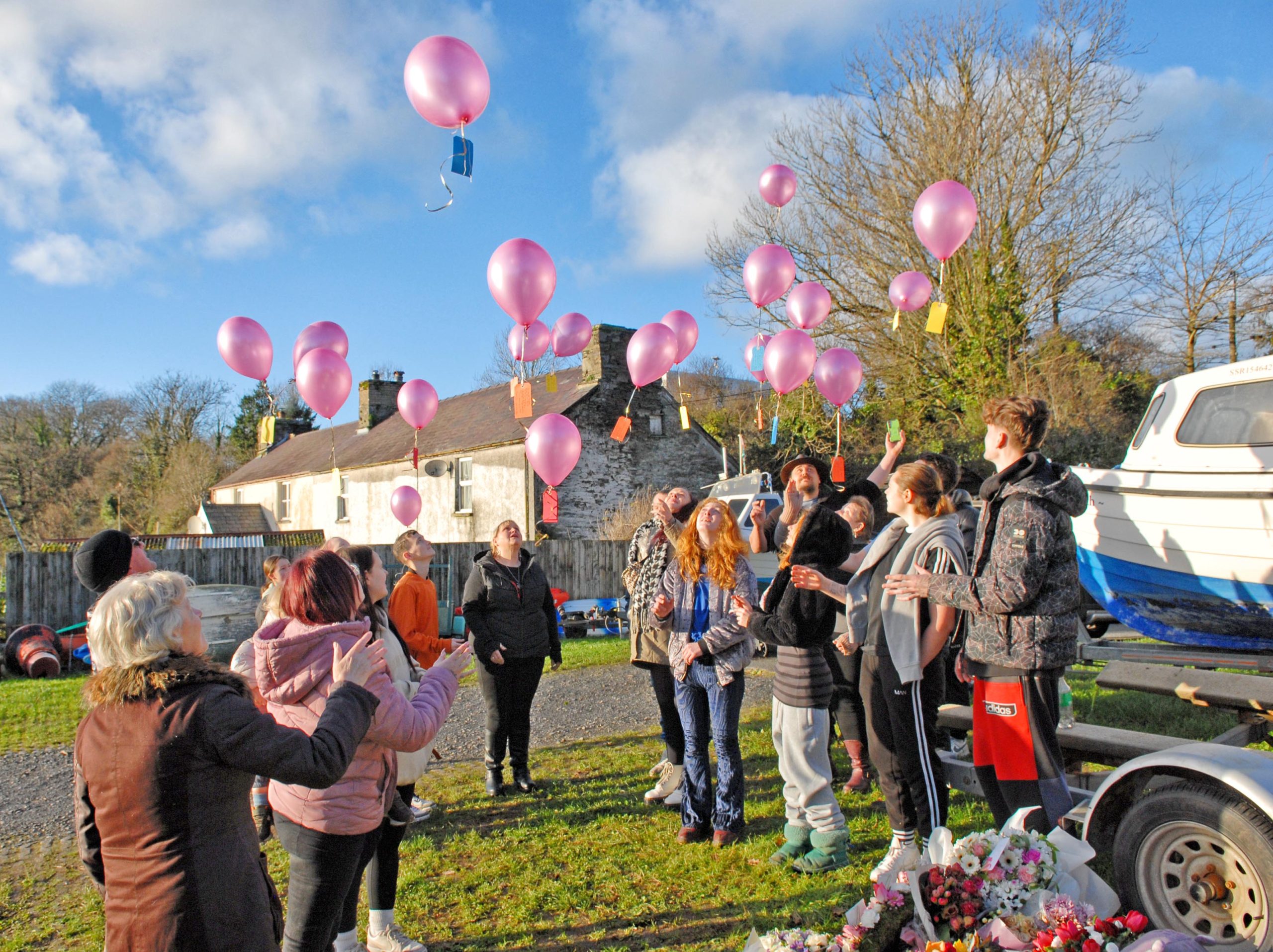
Lanterns and balloons released in emotional acts of remembrance
FAMILY, friends and members of the local community came together to remember Corrina Baker at a series of moving events held across west Wales this week.
Corrina’s funeral took place on Monday (Dec 15), a month after her death, with a public service held at St Mary’s Church. Mourners lined the route as her coffin was carried on its final journey in an elegant horse-drawn carriage, before a private cremation later took place at Parc Gwyn crematorium in Narberth.

Later that evening, shortly after 6:00pm, friends and relatives gathered at the Quayside in Cardigan for the first of two acts of remembrance to celebrate her life. Lanterns were lit and released into the night sky above the town as some of Corrina’s favourite songs were played.


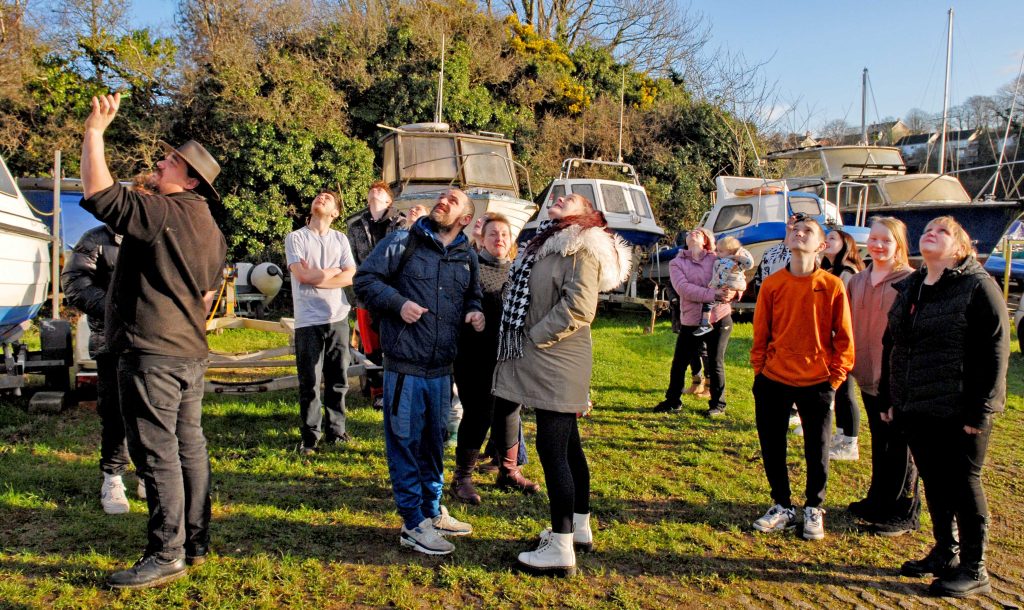
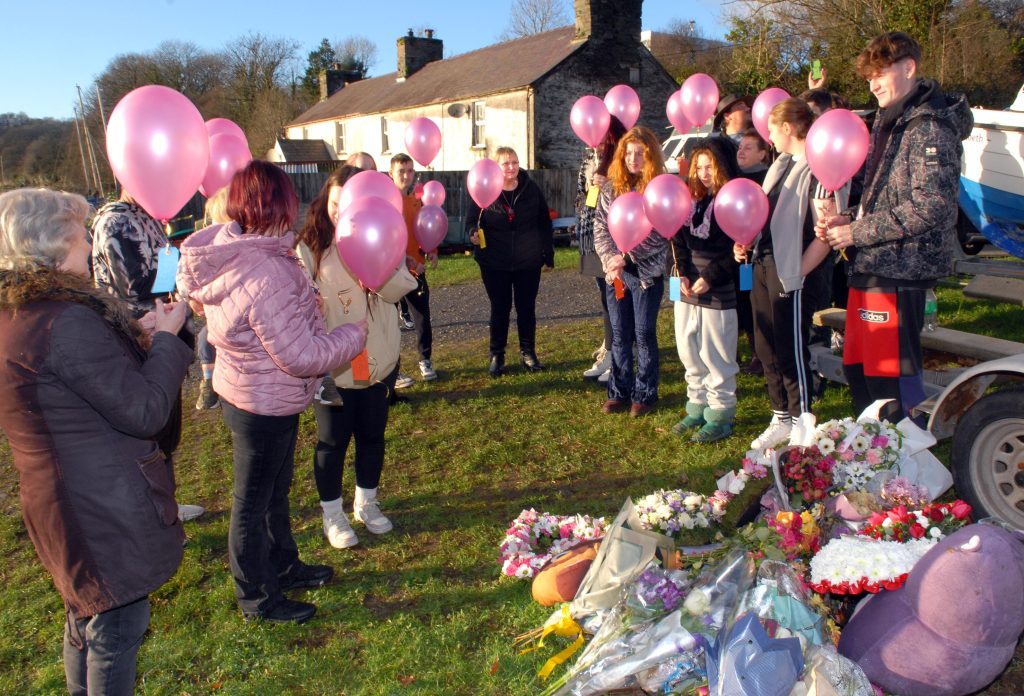
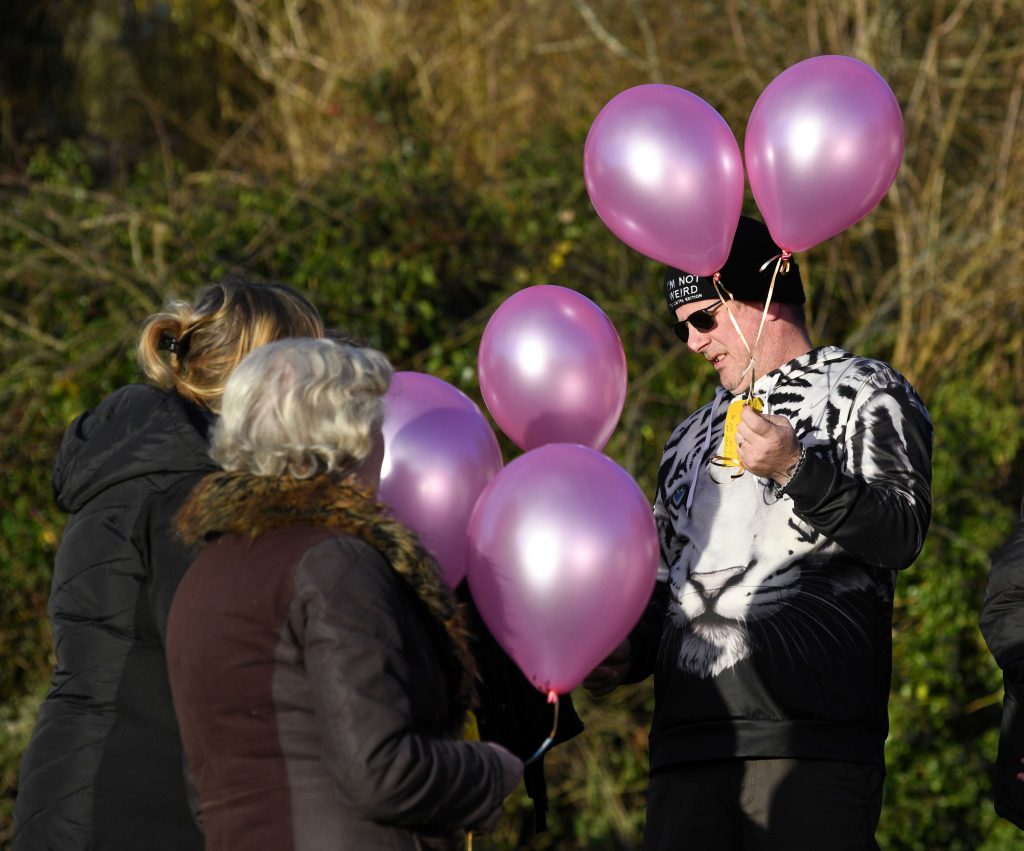
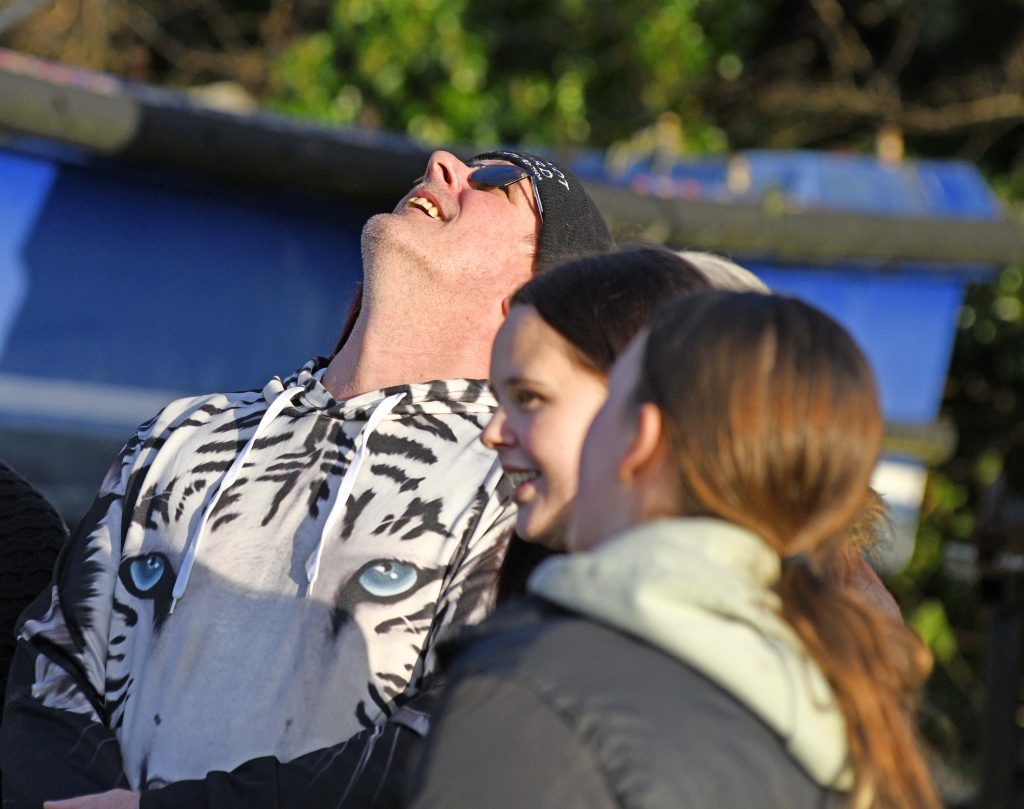
On Tuesday afternoon (Dec 16), a second tribute was held near the location where Corrina was found. Twenty-one pink balloons — one for each year of her life — were released into a clear blue sky, each carrying personal messages in her memory.
Floral tributes continue to be laid at the Netpool, while a GoFundMe appeal set up in Corrina’s memory has raised more than £2,300. She has been described by those who knew her as “funny and bright”.
Dyfed-Powys Police have confirmed that their investigation into the circumstances surrounding Ms Baker’s death is ongoing. A 29-year-old man who was arrested on suspicion of murder has been released on bail while inquiries continue.
(Photos: Stuart Ladd/Herald)
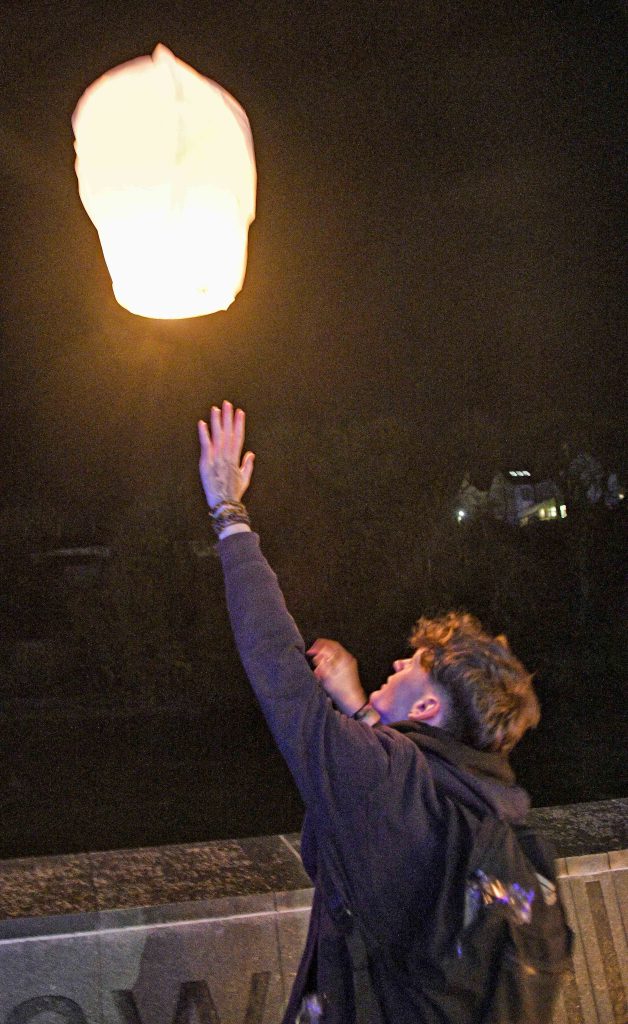
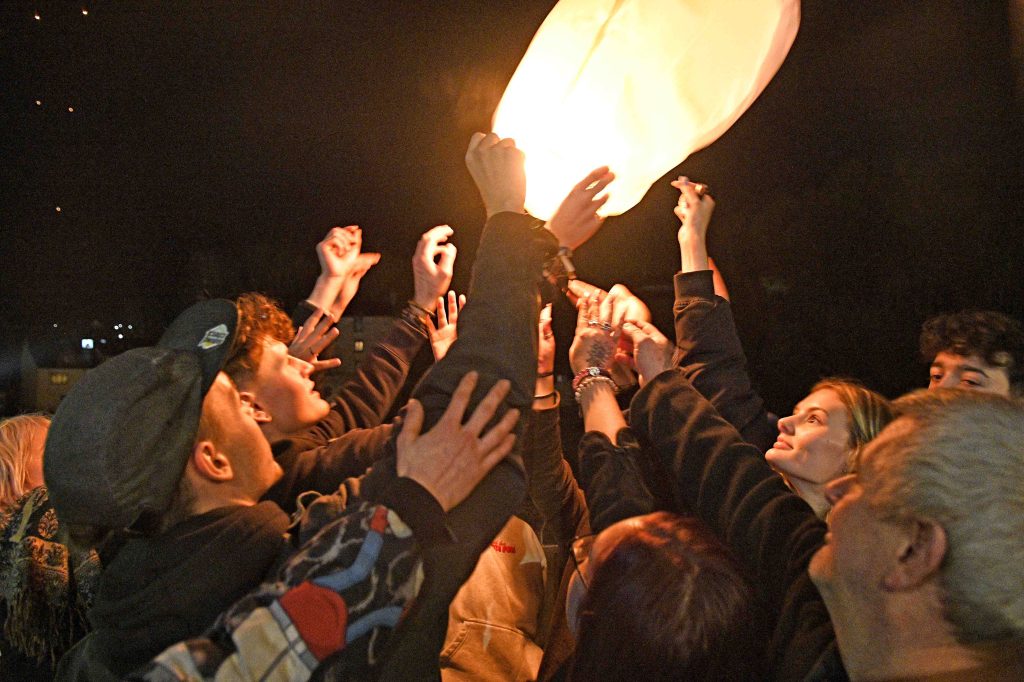

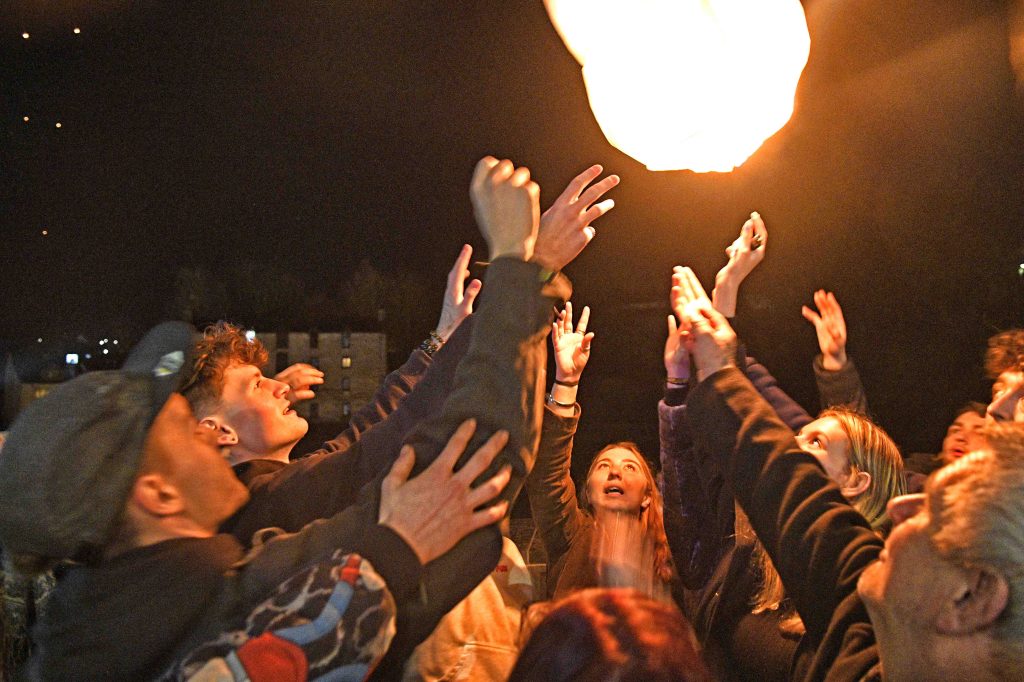
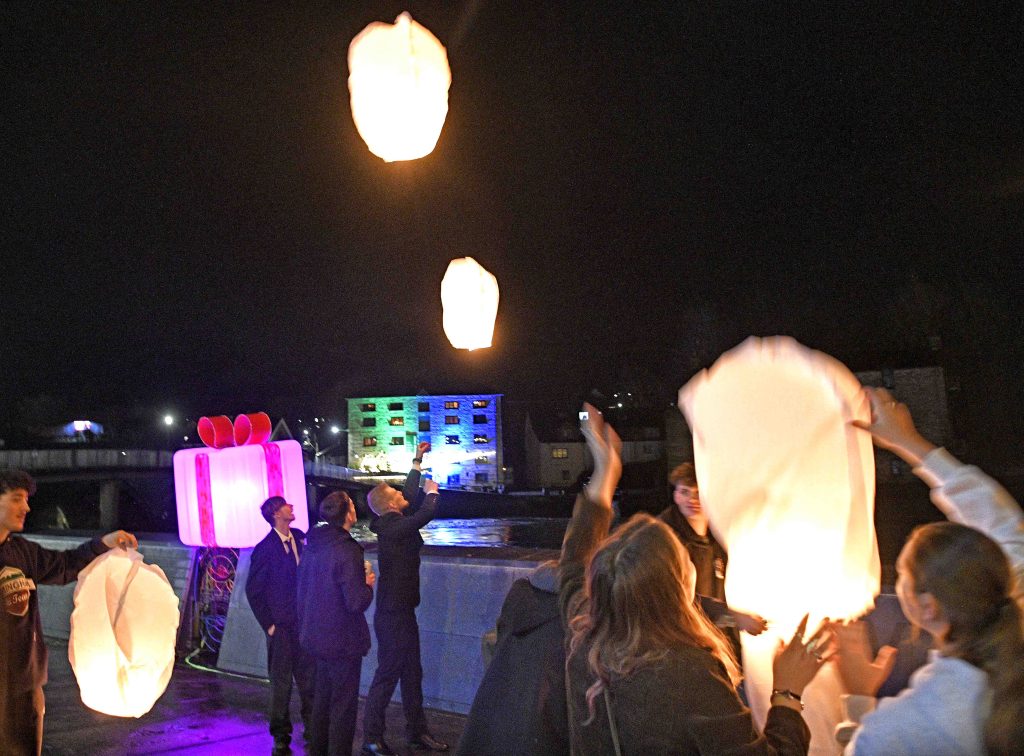
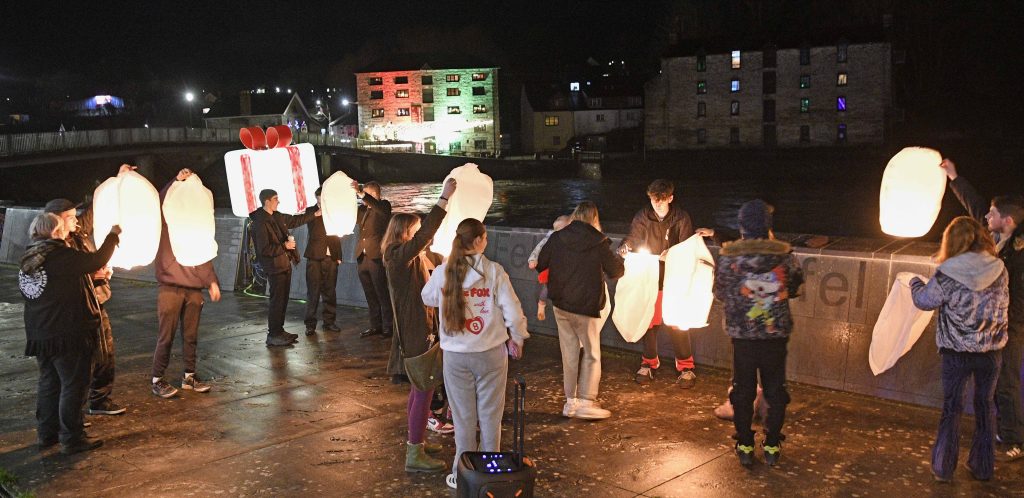
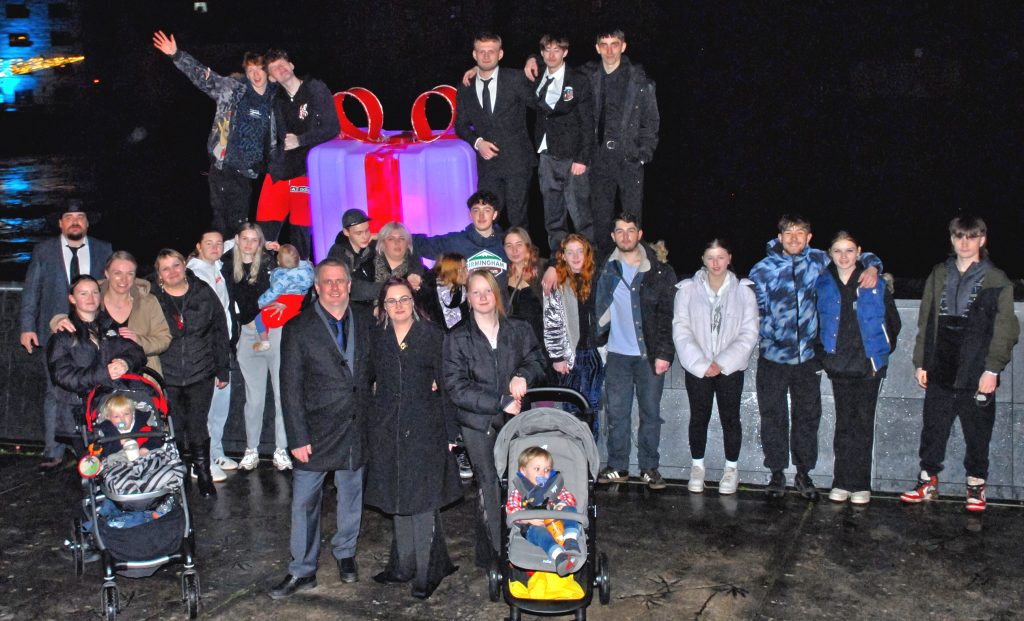
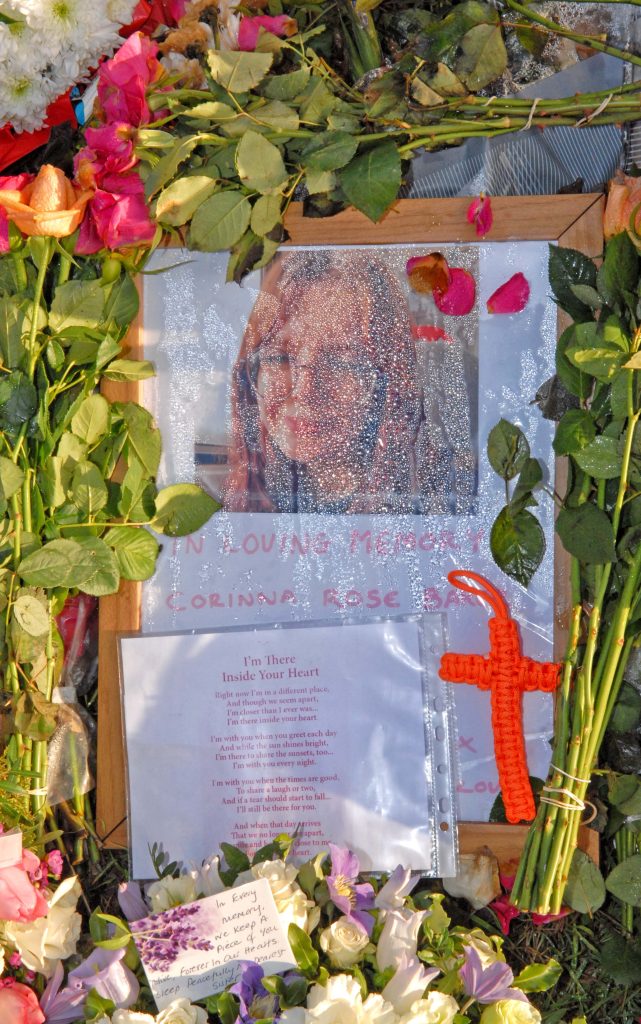
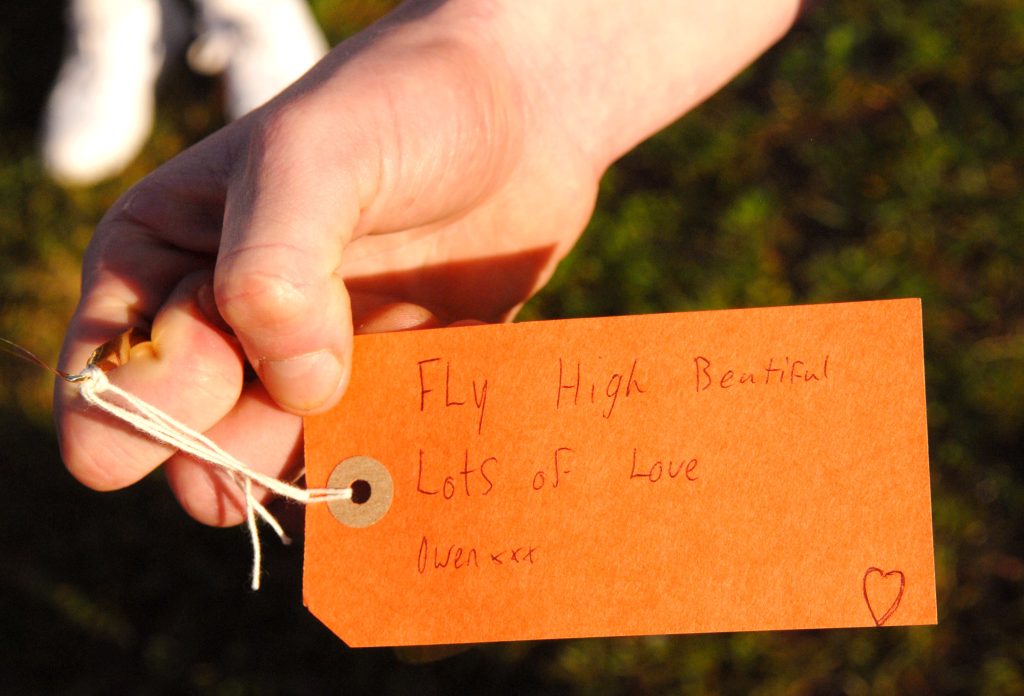
Community
Six untaxed vehicles seized in Milford Haven police operation

SIX untaxed and abandoned vehicles were seized during a joint roads policing operation in Milford Haven on Tuesday morning.
Officers from the Milford Haven Neighbourhood Policing and Prevention Team (NPPT) worked alongside the Pembrokeshire Roads Policing Team as part of targeted enforcement across the town.
In addition to the vehicle seizures, a number of traffic offence reports were issued to drivers during the operation.
Police said the action formed part of ongoing efforts to improve road safety and tackle vehicle-related offences in the Milford Haven area.
Community
Candlelit carol service brings community together in Milford Haven
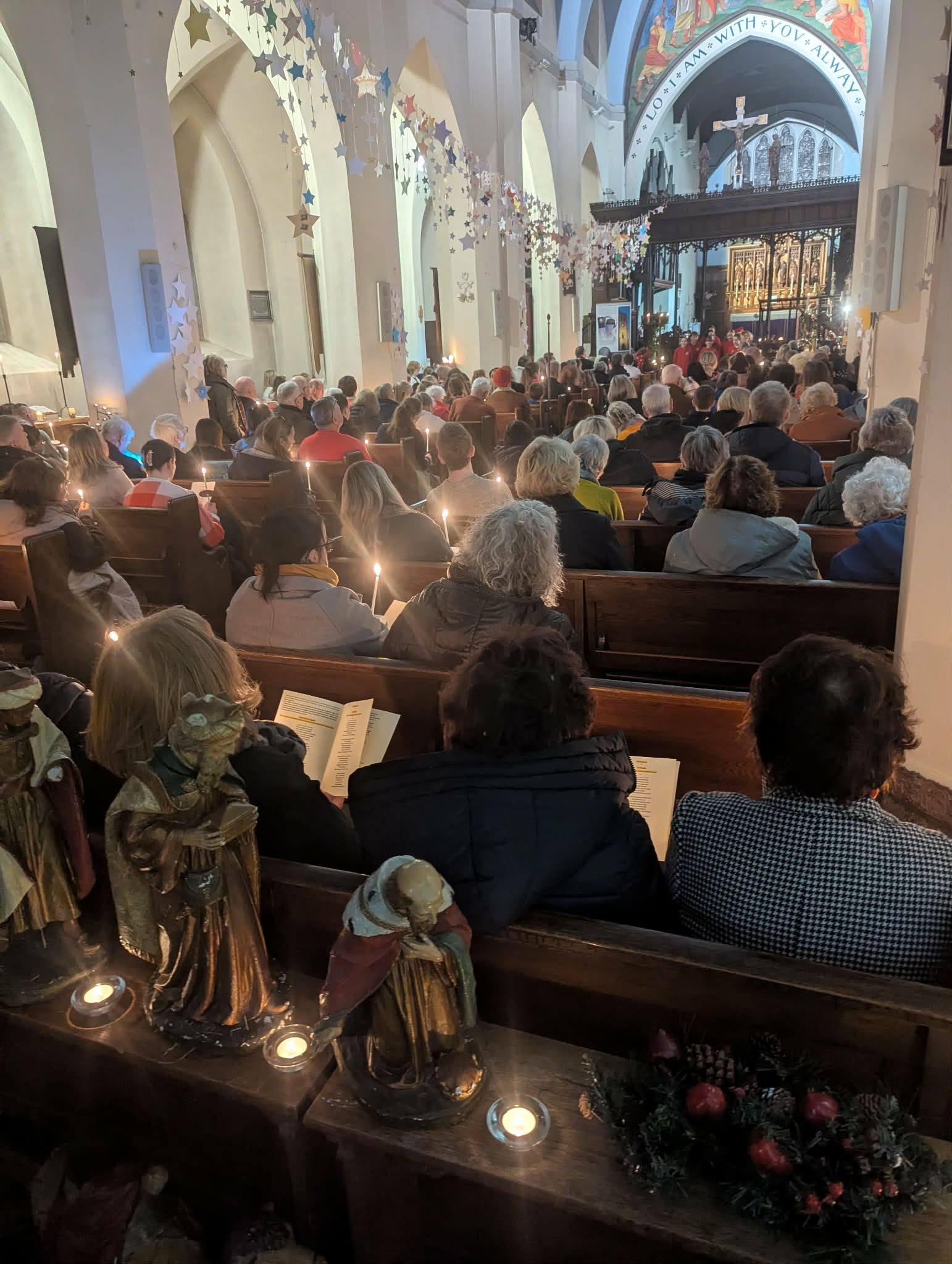
ST KATHARINE and St Peter’s Church in Milford Haven hosted its annual Candlelit Festival of Nine Lessons and Carols, bringing together members of the community for a traditional celebration of Christmas.
The service featured readings from the Mayor of Milford Haven, representatives of the Soroptimists, Milford Haven Amateur Operatic Society, the Headteacher and Head Prefects of Milford Haven School, Milford Haven Town Band, and NCI Wooltack Point.
Music for the evening was provided by organist Seimon Morris, Milford Haven Town Band and the Milford Haven Cluster Band, whose performances added to the atmosphere of the candlelit service.
The Friends of St Katharine and St Peter’s Church thanked all those involved and wished the community a happy Christmas.

-

 Crime16 hours ago
Crime16 hours agoMilford Haven man jailed after drunken attack on partner and police officers
-

 News4 days ago
News4 days agoDyfed-Powys Police launch major investigation after triple fatal crash
-
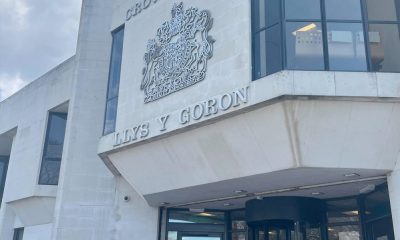
 Crime3 days ago
Crime3 days agoMan sent to Crown Court over historic indecent assault allegations
-

 Crime2 days ago
Crime2 days agoMan charged with months of coercive control and assaults
-

 Crime4 days ago
Crime4 days agoMan spared jail after baseball bat incident in Milford Haven
-

 Crime14 hours ago
Crime14 hours agoTeenager charged following rape allegation at Saundersfoot nightclub
-
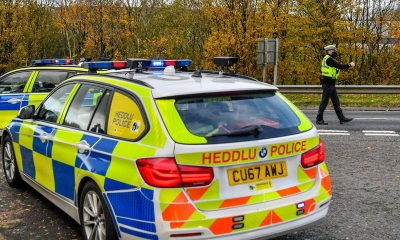
 Crime2 days ago
Crime2 days agoMilford Haven man admits multiple offences after A477 incident
-

 Education7 days ago
Education7 days agoTeaching assistant struck off after asking pupil for photos of her body






